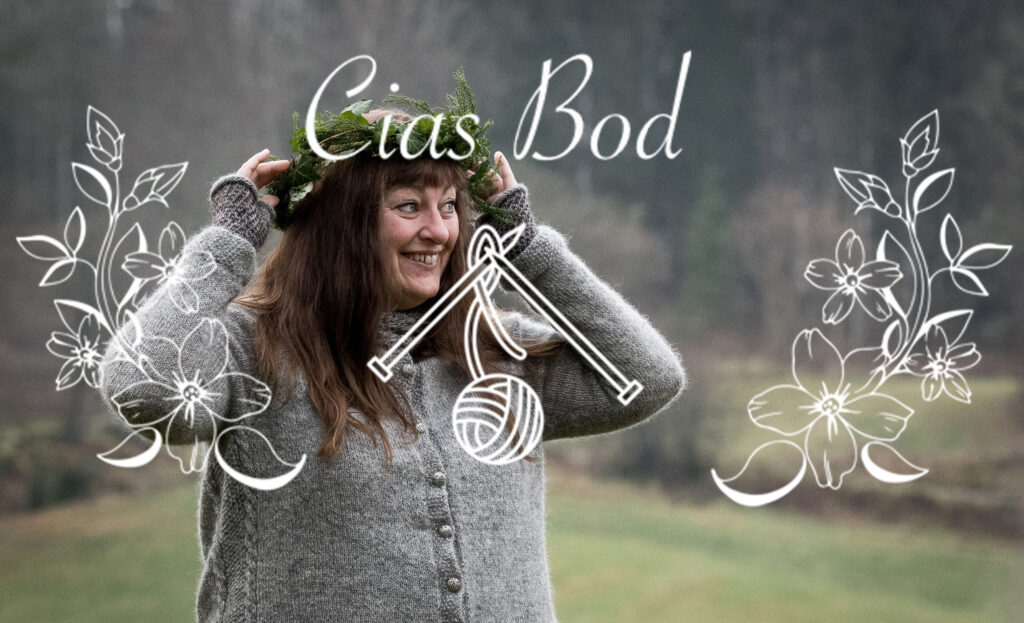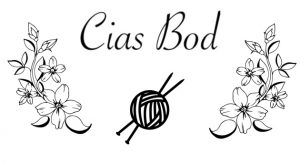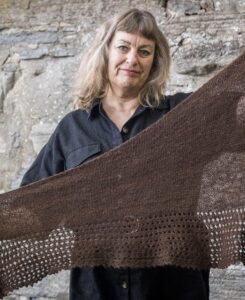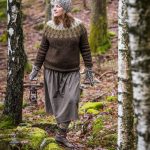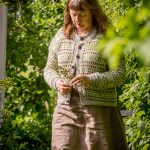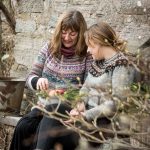The annual candlelit Lucia procession on 13 December is perhaps one of the more exotic-looking Swedish customs, with girls and boys clad in white full-length gowns singing songs together.
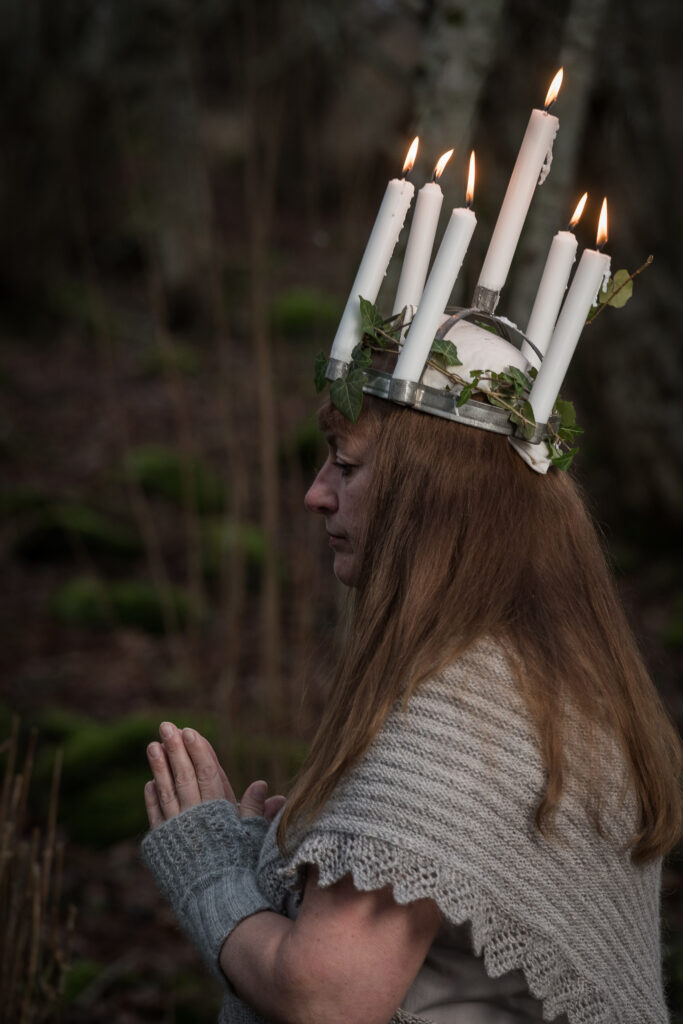
When I was growing up, every year there was a Lucia procession in school, and the students in the school voted among the girls who would be the Lucia of the year. It was a dream among all girls to once become Lucia. I don’t remember ever being chosen, but now I am a grown up and I can be my own Lucia, in my own way.
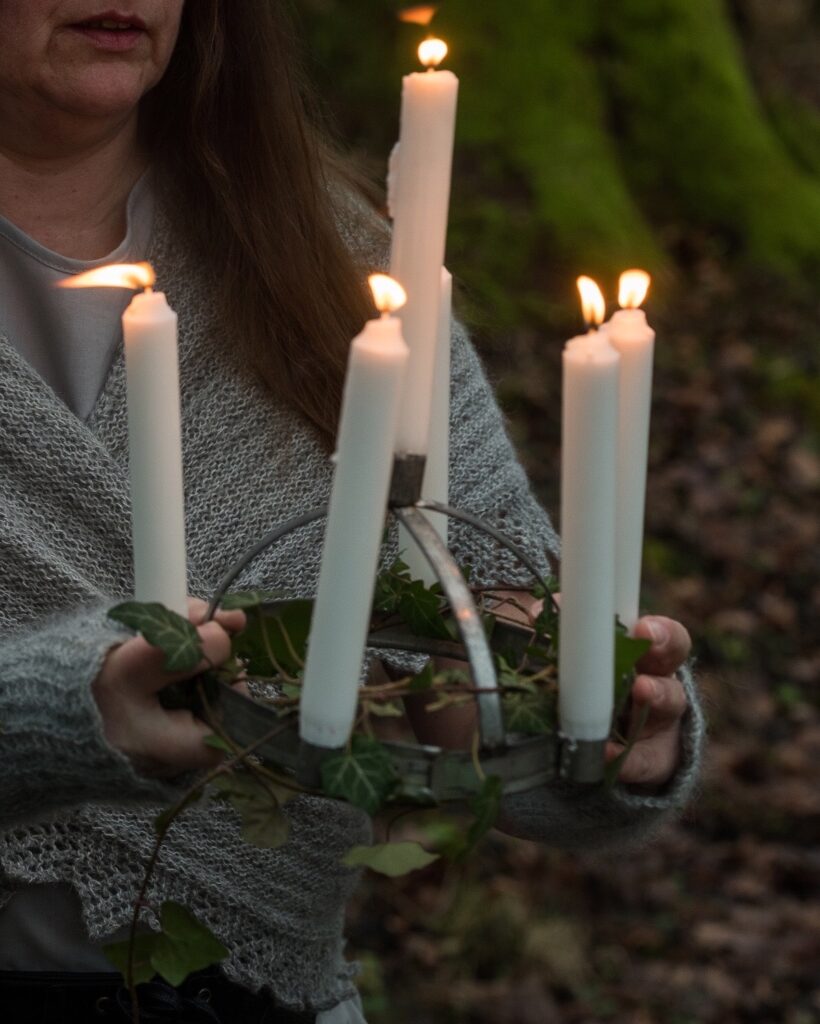
Lucia − the bearer of light
Alongside Midsummer, the Lucia celebrations is one of the most cultural traditions in Sweden, with their clear reference to life in the peasant communities of old: darkness and light, cold and warmth.
Lucia is an ancient mythical figure with an abiding role as a bearer of light in the dark Swedish winters.
The many Lucia songs all have the same theme:
The night treads heavily
around yards and dwellings
In places unreached by sun,
the shadows brood
Into our dark house she comes,
bearing lighted candles,
Saint Lucia, Saint Lucia.
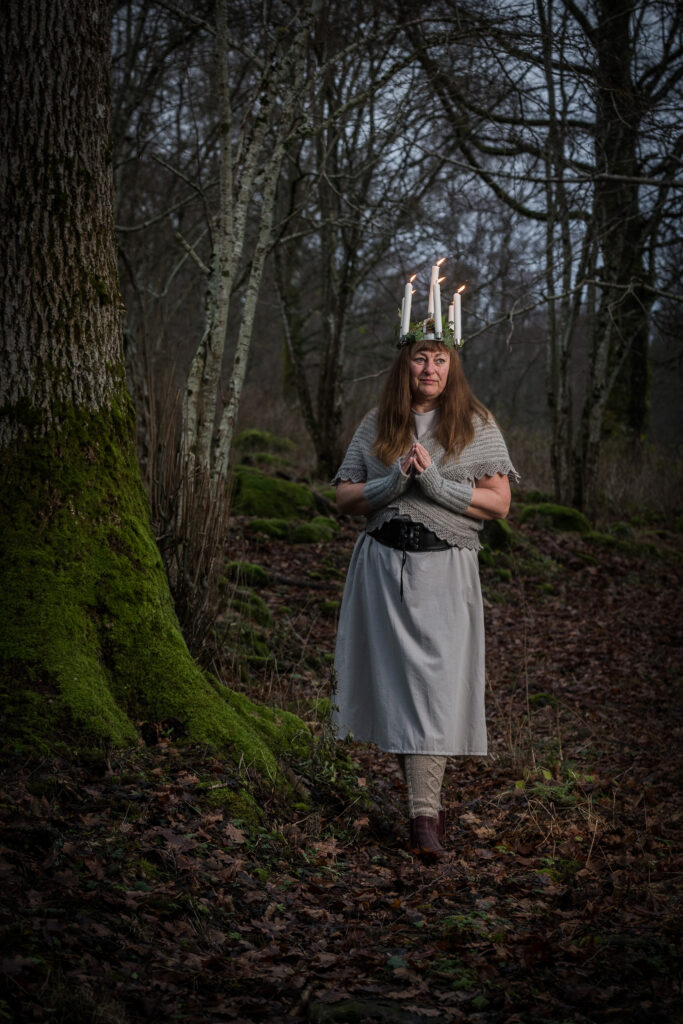
The story behind Swedish Lucia
The Lucia tradition can be traced back to the martyr St Lucia of Syracuse (died in 304) . It is said that she consorted with the Devil and that her children were invisible infernals. The name may be associated with both lux (light) and Lucifer (Satan), and its origins are difficult to determine. The present custom appears to be a blend of traditions.
In the old almanac, Lucia Night was the longest of the year. It was a dangerous night when supernatural beings were abroad and all animals could speak. By morning, the livestock needed extra feed. The last person to rise that morning was nicknamed ‘Lusse the Louse’ and often given a playful beating round the legs with birch twigs. In agrarian Sweden, young people used to dress up as Lucia figures (lussegubbar) that night and wander from house to house singing songs and scrounging for food and schnapps.
The first recorded appearance of a white-clad Lucia in Sweden was in a country house in 1764. The custom did not become universally popular in Swedish society until the 1900s, when schools and local associations in particular began promoting it. The old lussegubbar custom virtually disappeared with urban migration, and white-clad Lucias with their singing processions were considered a more acceptable, controlled form of celebration than the youthful carousals of the past. Stockholm proclaimed its first Lucia in 1927. The custom whereby Lucia serves coffee and buns (lussekatter) dates back to the 1880s.
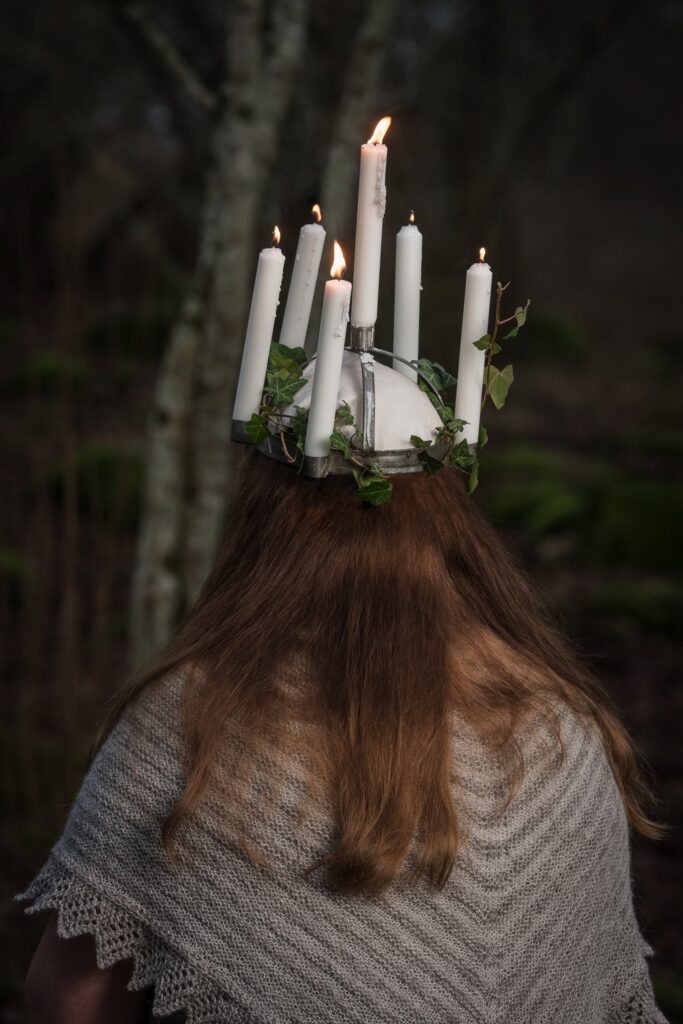
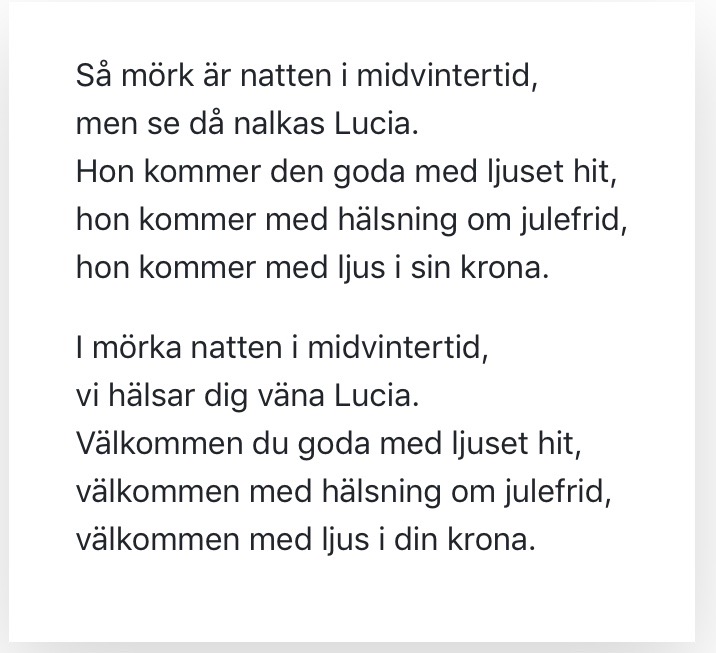
Here is a link to a nice video https://youtu.be/cw5NmXkXjlY

